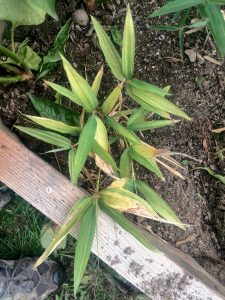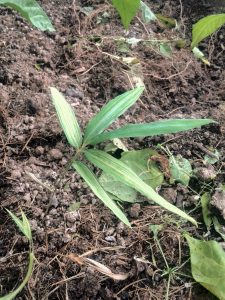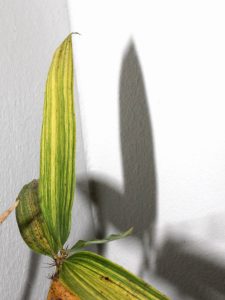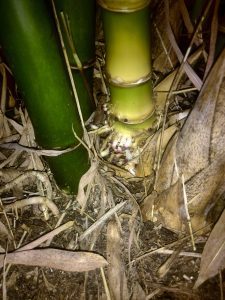Feeding Sundews Fish Food
Each winter, when I keep my sundews inside during the cold part of the year, I try to keep them as strong as possible for the following summer. They are more than capable of catching it’s own meal outside, but when I bring them inside, they don’t get much more than occasional fungus gnat.
Why do I even bother?

Carnivore plants usually require only small amount of nutrients and can easily withstand periods without captured food. They slow down their growth and refuse to start flowering until they get enough nutrients. My goal is, to make them grow as much as possible before the following season, possibly inducing flowering at the time when they come out in the spring. I keep them under grow light, which enables them to start flowering in late winter. They are in their full health when fungus gnats strike in the spring, when I start sowing my vegetables.
Healthy diet
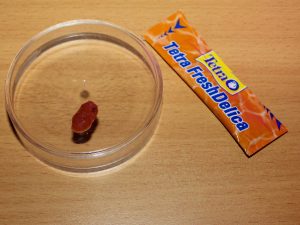
In the past, I tried feeding them different kind of food, but I soon realised that giving them fish food is the easiest option by far. I have given my plants live springtails, while they were seedlings. They multiply vigorously and are excellent source of food for tiny Sundews, but they soon outgrow their tiny food. At one point, I have fed the carnivores aphids. In the spring time, they suck on tender cherry tree leaves. I have picked the infested leaves and placed them into a bag and thrown them into a freezer. I ended up with almost unlimited supply of dead aphids which lasted until the next spring. I could not feed them as much as I wanted to, because it was really time consuming. And as I later realized, giving them fish food really makes a difference. They just love it!
The food consists 50% of common water fleas (daphnia), a bit of vegetable proteins and fish derivatives. I was afraid the food would be too much for them to handle, but it seems to be perfect for the job. I usually mix it with some distilled water, to make it thinner.
Feeding plants
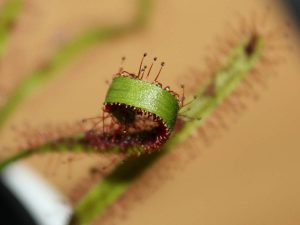
To apply the fish food paste onto the carnivorous leaf, I use a toothpick or a screwdriver. I dip it into the paste and apply it onto the trap. In a couple of hours, leaves usually start folding and start the digestion. When the process of digestion is finished, traps usually die off. Tentacles that were used are damaged and cease mucilage production. Dew appears only on unused tentacles. That’s the reason, why I usually apply the food all over the leaf and I leave some leaves intact. I feed those later. 🙂





